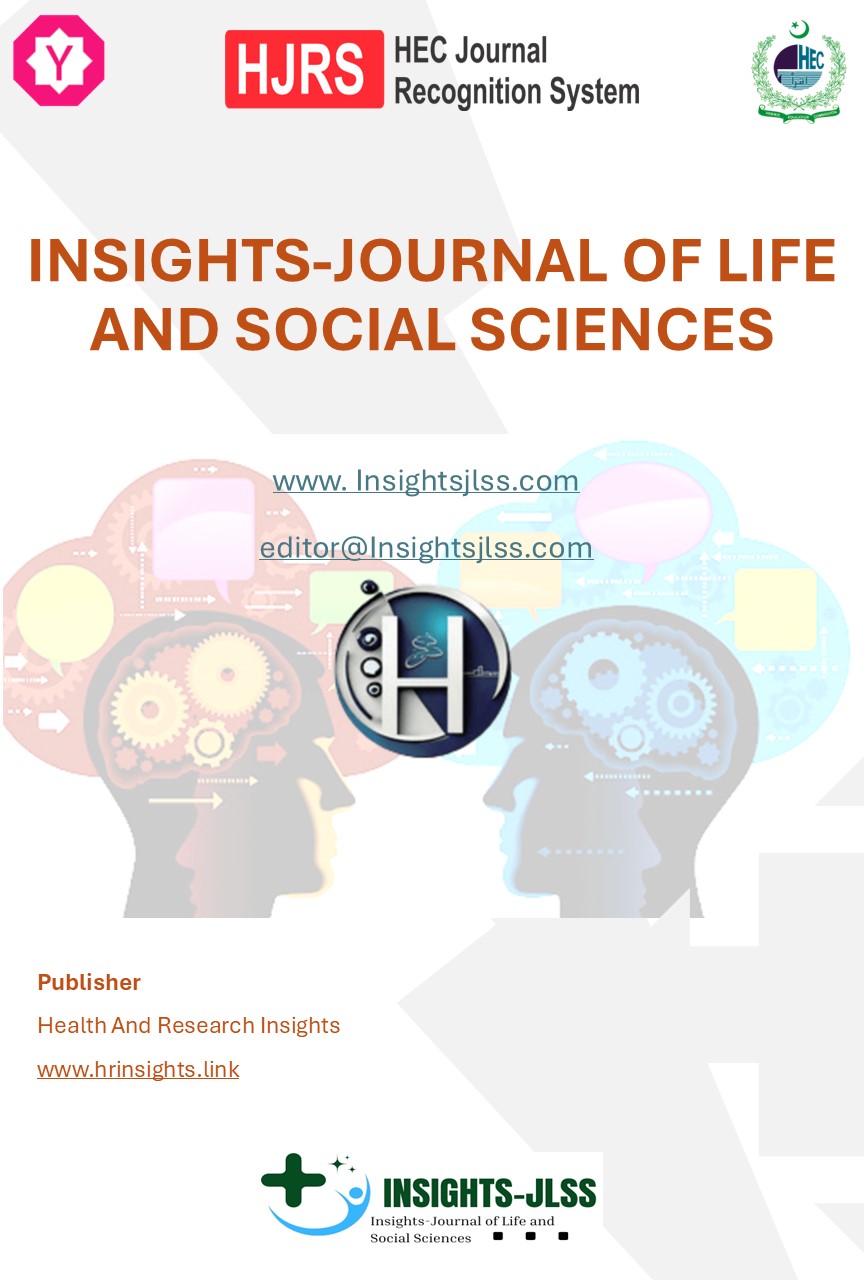COMPARATIVE ANALYSIS OF QUALITY AND MICROBIAL LOAD IN FRESH, RAW AND COMMERCIAL MILK
Main Article Content
Abstract
Background: Milk is a staple food globally, recognized for its nutritional value and essential role in human health. However, microbial contamination and adulteration significantly compromise its safety and quality. Microbial contamination can lead to spoilage and the transmission of foodborne illnesses. In developing regions, raw milk is often consumed without proper processing, increasing public health risks. This study aimed to evaluate the microbial quality, safety, and adulteration levels of raw and packaged milk from various sources in Multan, Pakistan.
Objective: To assess the microbial load and the prevalence of adulterants in fresh raw milk from farms, shops, milkmen, and packaged milk available in the local market.
Methods: Milk samples were collected using a random sampling technique from four sources: farms, shops, milkmen, and packaged milk brands. Microbial load was analyzed through Total Plate Count (TPC), Total Coliform Count (TCC), and Escherichia coli detection. Adulteration tests were performed for water, starch, sugar, formalin, urea, detergents, and neutralizers using qualitative detection methods. Data were statistically analyzed using one-way ANOVA and Tukey HSD tests to determine significant differences.
Results: Packaged milk exhibited no microbial growth in TPC, TCC, and E. coli detection, while raw milk from milkmen showed the highest contamination with TPC values of 1.53 (10⁵ CFU/mL) and TCC values of 4.63 (10⁵ CFU/mL). Farm and shop milk had TPC values of 1.31 (10⁵ CFU/mL) and 1.27 (10⁵ CFU/mL), respectively. Adulteration was most prevalent in milkman samples, with 100% water addition, 40% urea, and 20% starch and formalin. Packaged milk was free from adulteration except for 80% sugar presence.
Conclusion: Packaged milk demonstrated superior microbial safety and minimal adulteration compared to raw milk. However, milk from milkmen and shops showed significant contamination and adulteration, emphasizing the need for improved hygiene practices and public awareness regarding milk safety.
Article Details

This work is licensed under a Creative Commons Attribution-NonCommercial-NoDerivatives 4.0 International License.
